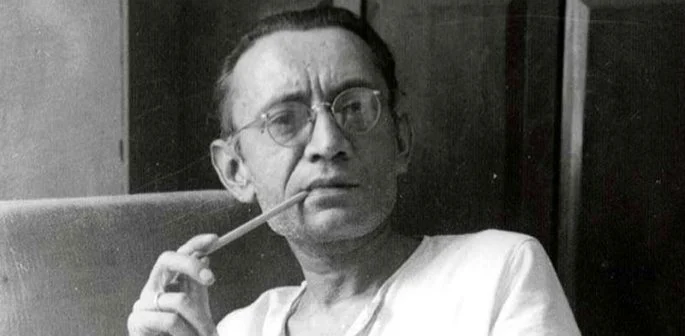Biography of Saadat Hasan Manto

Saadat Hasan Manto biography and stories
Saadat Hasan Manto was an eminent and questionable Urdu-language essayist, dramatist, and writer, known for his daring and provocative works. He was brought into the world on May 11, 1912, in Samrala, English India (presently in Pakistan), and he died on January 18, 1955, in Lahore, Pakistan. Manto’s life and artistic vocation were set apart by his unfazed depiction of the cruel real factors of society, especially during the turbulent time of parcel among India and Pakistan in 1947.
Here is a short memoir of Saadat Hasan Manto:
Early Life
Manto was naturally introduced to a Kashmiri Muslim family. He spent his initial a very long time in different urban communities, including Ludhiana and Amritsar, before ultimately getting comfortable Bombay (presently Mumbai). His openness to the variety of societies and dialects in India significantly affected his composition.
Scholarly Profession
Manto started his vocation as an author during the 1930s, contributing brief tales and expositions to scholarly magazines and papers. He immediately earned respect for his sharp mind, humorous composition, and the capacity to catch the intricacies of human instinct.
Segment and Lahore:
The parcel of India in 1947 affected Manto’s life and work. He moved to Lahore, which turned into a piece of Pakistan, and saw the savagery and tumult that went with the mass relocation of individuals across the recently drawn line. This turbulent period significantly illuminated his composition, bringing about a portion of his most remarkable and disputable works.
Discussion and Legitimate Difficulties
Manto’s works frequently managed subjects thought about untouchable at that point, including sexuality, the dull underside of society, and the ruthlessness of segment. Therefore, he confronted various lawful difficulties, including profanity preliminaries. Be that as it may, he stayed unflinching in his obligation to depicting reality.
Prominent Works
A portion of Manto’s most renowned works incorporate “Toba Tek Singh,” a brief tale that powerfully catches the franticness of parcel, “Thanda Gosht,” which investigates the mental injury of war, and “Khol Do,” a story that digs into the weakness of ladies during the segment.
Heritage:
Saadat Hasan Manto’s works keep on being praised for their strength, authenticity, and undeterred genuineness. He is viewed as one of the most critical and powerful brief tale journalists in the Urdu language. His work has been converted into different dialects and adjusted into different types of media.
Some of Manto’s most celebrated works include:
- “Toba Tek Singh”: A poignant short story that captures the madness and absurdity of partition through the lens of a mental asylum.
- “Thanda Gosht”: This story delves into the psychological trauma of war, revealing the inner turmoil of a man haunted by his wartime experiences.
-
“Khol Do”: A powerful narrative highlighting the vulnerability of women during the partition, touching upon themes of sexual violence and societal norms.
Individual Life:
Manto’s own life was set apart by battles with liquor addiction and monetary troubles. In spite of these difficulties, he stayed committed to his specialty until his unexpected passing at 42 years old.
Saadat Hasan Manto’s inheritance perseveres through his ageless stories, which shed light on the human condition and the social and political commotion of his time. His daring way to deal with composing and his obligation to truth have hardened his place as a scholarly symbol in the two India and Pakistan

4 comments
Manto was a great perosn who dared to write the evils of society.
yes
Manto’s fearless portrayal of societal realities was indeed remarkable. Do you have a favorite work or story by him that particularly stands out to you?
yes offcourse click the link to read best Manto stoy https://ishqkalam.com/?p=4949